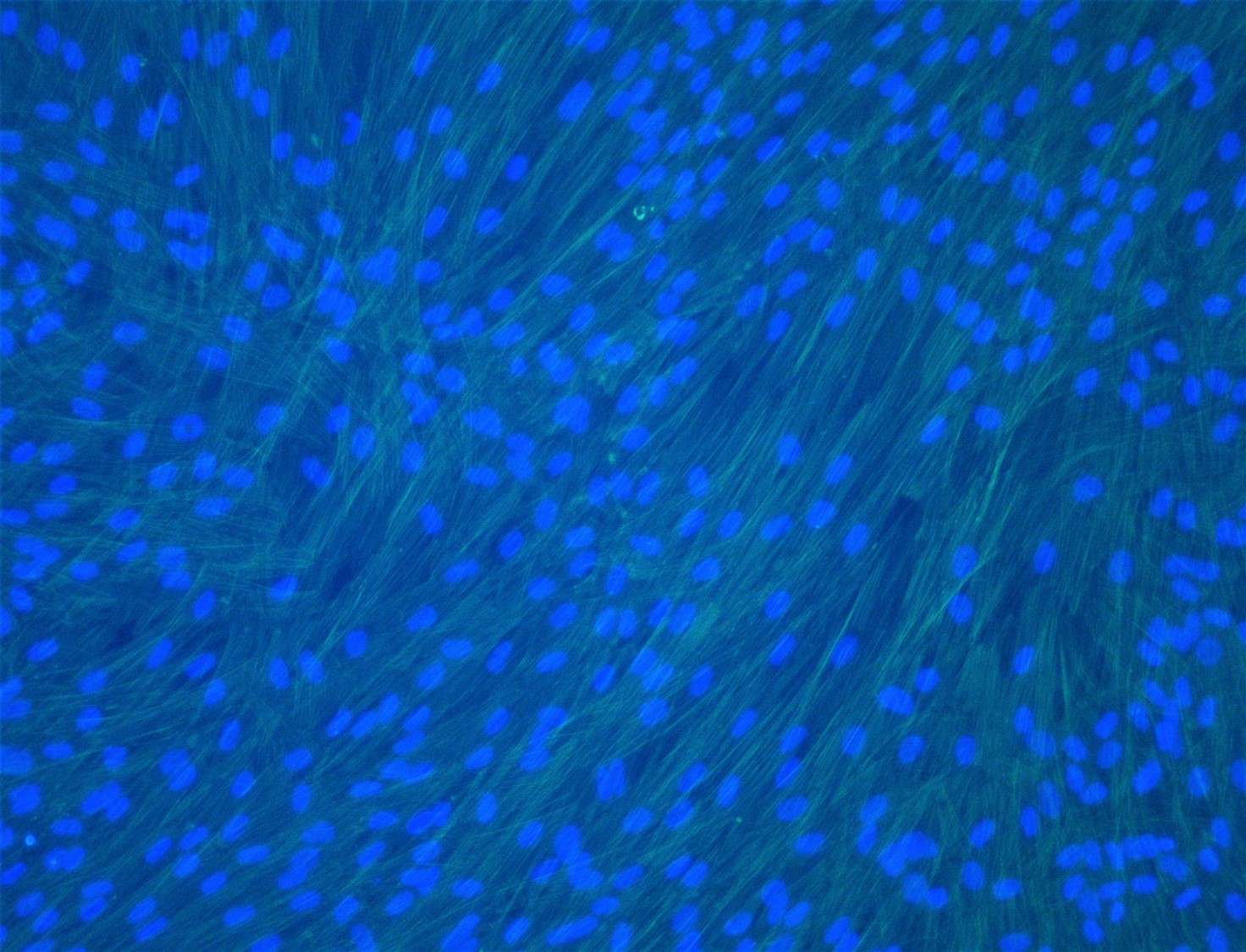Shop
Lung anti-fibrotic assay
Evaluating the effect of a test article on lung fibroblast migration
 The objective of the assay is to show inhibitory effect of a test article on fibroblast migration in the scratch-wound assay.
The objective of the assay is to show inhibitory effect of a test article on fibroblast migration in the scratch-wound assay.
The assay is divided into two parts.
First part: Concentration-range finding
Primary lung fibroblasts are treated in vitro with the test article (5 different) in the presence or absence of transforming growth factor β1. Nintedanib is used as positive control. Fibroblasts without any treatment are used as negative control. Cells are grown in 24-well plate and treatment duration is 72 hours. Each treatment condition is performed three times (N = 3).
Readouts:
- Cell viability is assessed by measuring activity of lactate dehydrogenase (LDH) released from damaged cells into supernatants using LDH assay kit.
- Secreted collagen I and collagen III will be measured in culture media using ELISA assay.
- Gene expression of 3 markers involved in lung fibrosis is analyzed by RT-qPCR.
Second part: Scratch migration assay
Cell migration is monitored from a confluent area to an area that is mechanically denuded of cells (scratch wound assay). Lung fibroblasts will grow in 24-well plates to a confluent monolayer. A scratch will be created in a straight line across the cells. The cells will be incubated with specific media supplemented with TGF−β or TA at 3 different concentrations. Twenty-four and 72 hours after the treatment, cells will be monitored and photographed under a light microscope. Cells treated with drug-free medium will be considered as controls. Each treatment condition will be performed four times (N = 4).
Readouts:
- Distance cover by the cells in the wound closure will be analyzed with specific software.
The duration of the assay is 5 weeks.